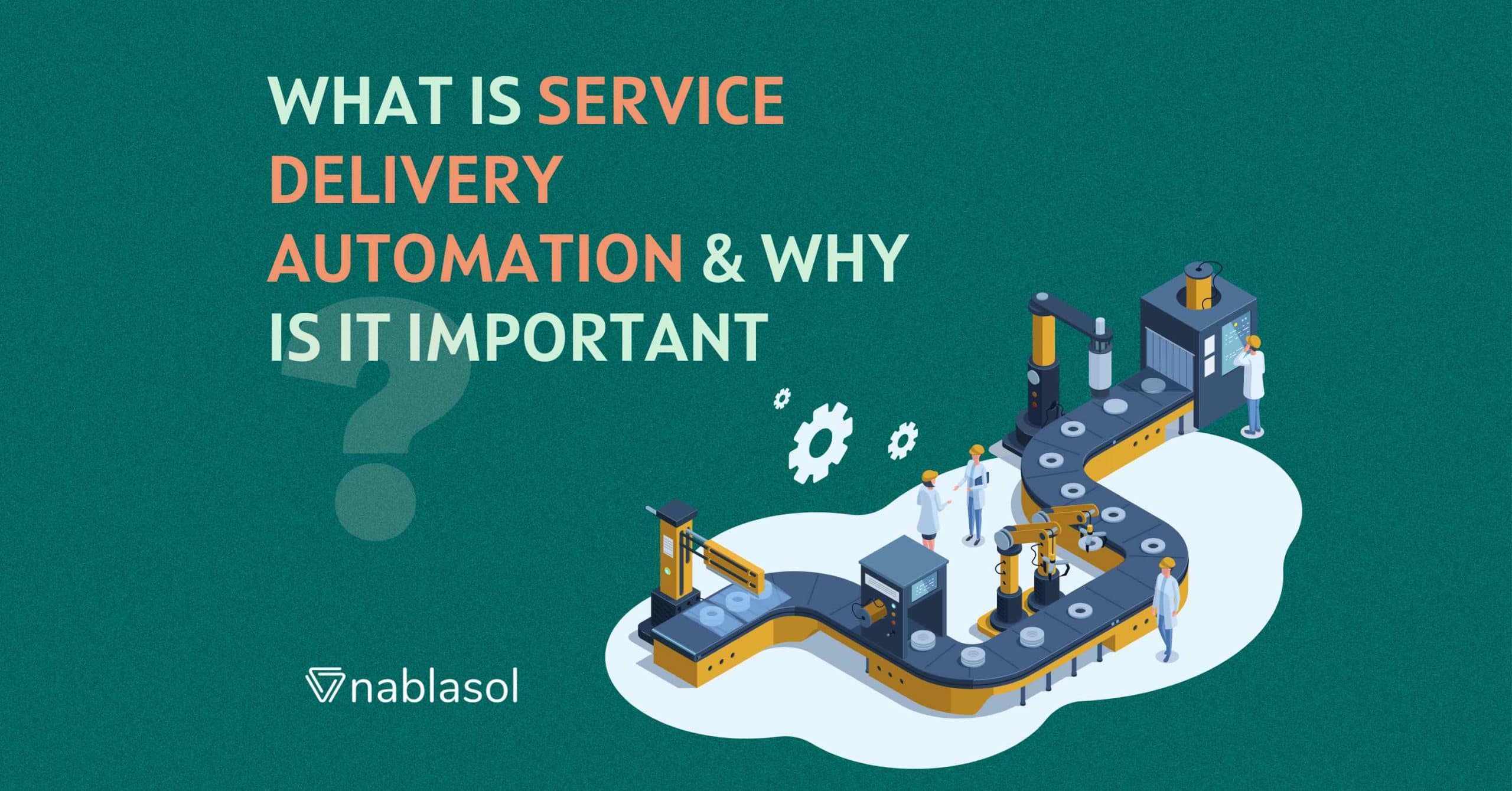One of the most asked questions in marketing is, how do we measure the returns on investment on our Social Media spending? Among all the other activities in the digital marketing mix viz. Pay Per Click (PPC), Email Marketing, Search Engine Optimization (SEO), Affiliate Marketing, Email Marketing, etc. Social Media Marketing (SMM) spends are some of the hardest to be attributed to direct revenue generation. Of course, you can attribute your Social Media advertising spends, to RoI, but that kind of advertising falls under PPC.
Some of the main activities done for Social Media Marketing include:
- Branded Content Generation – Get noticed and shared
- Offering Social Promotions – Offers to promote your services
- Creating Social Experiences – Get people to your store, event, etc
- Managing the Community – Keep your followers happy, loyal
Basically, what you are doing on Social Media is building Relationships with your customers and prospects. The value of these relationships is hard to quantify. Ted Rubin, a famous social media marketer, and author introduces the concept of measuring relationships to measure your Social Media performance. He introduces the term, Returns on Relationship (#RonR) as follows:
Facebook fans, retweets, site visits, video views, positive ratings, and vibrant communities are not measurable financial assets. They do not reflect on the balance sheet and cannot be counted on an income statement. But, that does not mean they are valueless. Instead, these are leading indicators that a brand is doing something to create value that can lead to financial results in the future. Besides, these relationships can be leveraged through initiatives, campaigns, and events to create real dollar value for a brand. In other words, ROR – Return on Relationship!“
Social media helps you generate a reputation for your brand. It gives you an avenue for interaction with your follower base and creates positivity around your brand. Since social media is about attracting and engaging people online. This is done by offering some kind of free content in exchange for their attention. Social Media Marketing is often referred to as Earned Media.
Why should we talk about digital attention?
The attention you generate on social media is generally at the top of your sales funnel. The actual conversion happens much later. Its main objective is to collect as many eyeballs and as much interest as possible. There are multiple other points in the sales funnel before a conversion happens. As a result, this can be directly associated with the RoI.
Most people think that once you generate content and post on Social Media, it should have an impact on revenue. But that is not the case. Rand Fishkin of Moz beautifully explains how content marketing actually works with his presentation on, Why Content Marketing Fails:
So, instead of measuring the ROI of your social media efforts in terms of the number of conversions, we should focus on earning familiarity, trust, and relationships. We can do this by building a community of users who engage with your brand. This cannot be directly attributed to your revenues but will definitely create value in your balance sheet.




